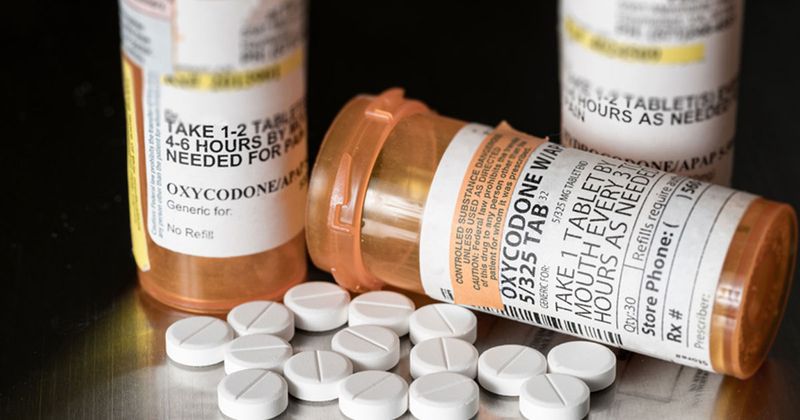Expert urges use of ‘smart’ prescribing of pain medications
With opioid overdoses on the rise during COVID-19 lockdowns, careful prescribing for pain is of paramount importance, according to a presenter at the 2020 Congress of Clinical Rheumatology-East.
“The opiate epidemic has galvanized states to pass laws to and monitor practitioners to a very, very high degree,” Alan David Kaye, MD, PhD, professor, provost, chief academic officer and vice chancellor of academic affairs, and of the departments of anesthesiology, pharmacology, toxicology and neurosciences at the Louisiana State University Health Sciences Center, said in his presentation. “It is important for us to consider how to care for our patients and not lead them down the road for morbidity and mortality.”

Kaye cited an evolving body of literature showing spikes in overdose events since the pandemic began. Because clinicians are seeing patients less frequently, they are giving prescriptions for more doses, with fewer visits in between. Alcohol, marijuana and “street drug” use is also on the rise, Kaye added.
“You are really under a lot of pressure with the new COVID world, with states looking into every prescription you write,” he said.
Kaye ran through a list of opiate alternatives, complete with risks and benefits.
While there is not a lot of evidence supporting non-pharmacotherapeutic methods ranging from guided relaxation, hypnosis and music therapy to heat, cryotherapy and acupressure, they do provide benefit to many patients, according to Kaye. “They provide the opportunity to reduce the amount of opiates prescribed,” he said.
Cannabis may have benefits in sleep, nausea, depression and even suicide, according to Kaye. “We have never found a patient who was willing to lower their opiate dose while using marijuana,” he said. “This is part of the reality of the situation when you are looking at cannabis.”
Antipyretics, including NSAIDs and acetaminophen, are among the most commonly used medications for mild to moderate pain in the U.S. While generally thought to be safe, Kaye stressed that they result in some 15,000 to 20,000 deaths per year. “People who have gastrointestinal bleeding through interference in the COX-1 pathway have it silently,” he said.
Kaye added that acetaminophen may cause skin reactions or even Stevens-Johnson syndrome.
Tramadol sees some 21 million prescriptions per year in the U.S., according to Kaye. “It is a new opioid receptor agonist that can increase serotonin levels to improve depression and pain,” he said. “It can be good for a lot of people, but there are a lot of side effects, so it is not good for everybody.”
Those side effects can be summed up by the “esses,” Kaye said: sedation, serotonin syndrome, seizures and suicidal ideation. Tramadol may also prolong the QT interval.
Anti-epileptic drugs may also be used for pain but can lead to sedation. “Topiramate works for a lot of people, but for a lot, it makes them confused and unable to function the way they normally do,” Kaye said.
Gabapentin agents “can be good for neuropathic pain,” along with lower back pain and post-herpetic neuralgia, but they have been associated with sedation, drowsiness and dizziness, according to Kaye. For clinicians who do prescribe these drugs, he said patients should eat a meal first, particularly if the formulation is for immediate release of the mechanism of action. “Otherwise, the patient ends up sleeping on the couch all day,” he said. Slow-release formulations are available and should be investigated by clinicians.
As for topical approaches, Kaye supports use of lidocaine patches that can be bought over the counter. “They are fantastic,” he said, noting that a patient can place up to three of them on joints for a local anesthetic effect.
Similarly, the increasing prevalence of kinesiology tape on professional athletes demonstrates that patients with mild pain associated with rheumatologic diseases may benefit.
“We want to tell you that it is smart to use these adjuvants, but we want to make sure the benefits in pain and function outweigh the risks,” Kaye said, and encouraged “smart” prescribing habits for any pain medications. “We want to make sure the patient can do all their life functions.”

